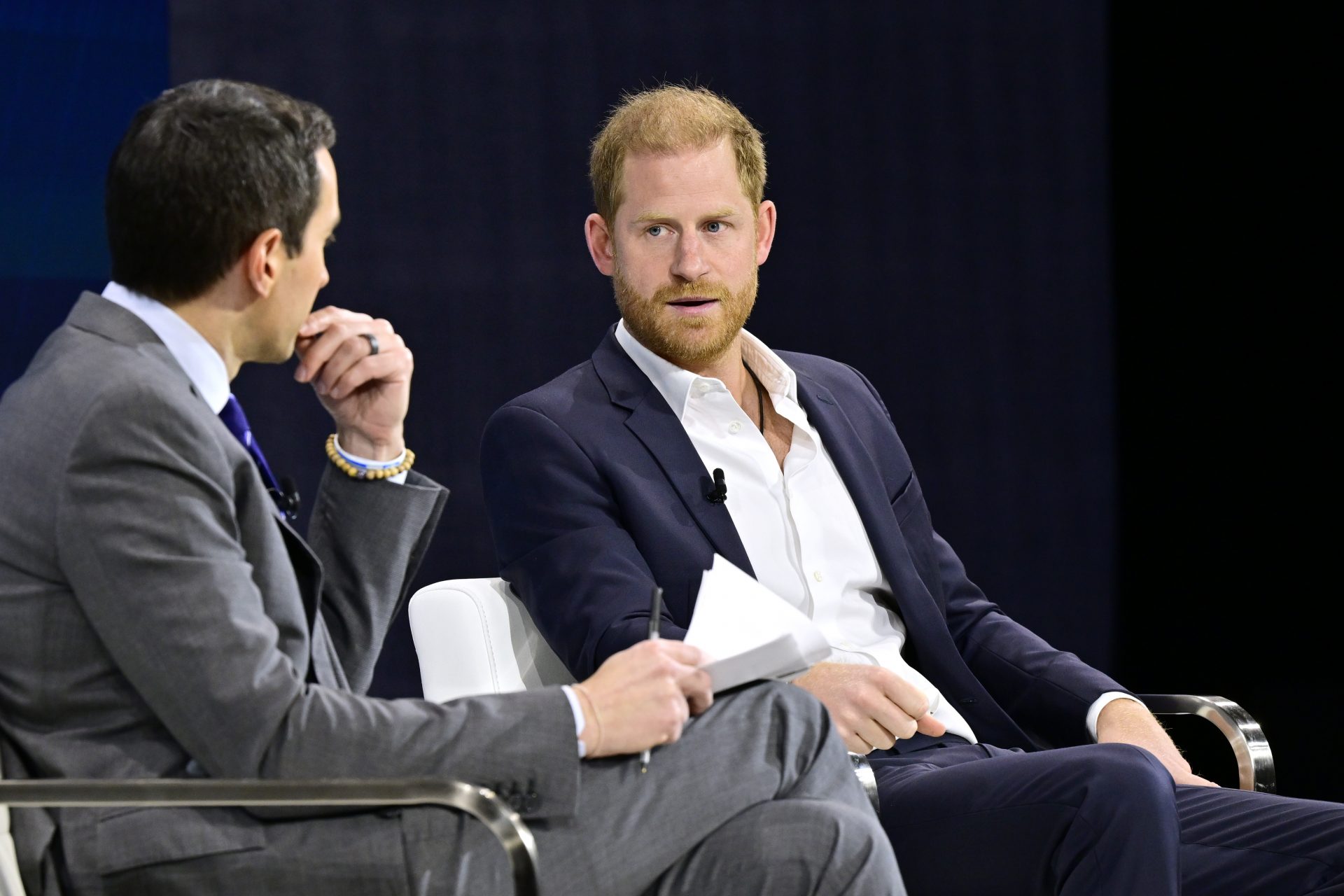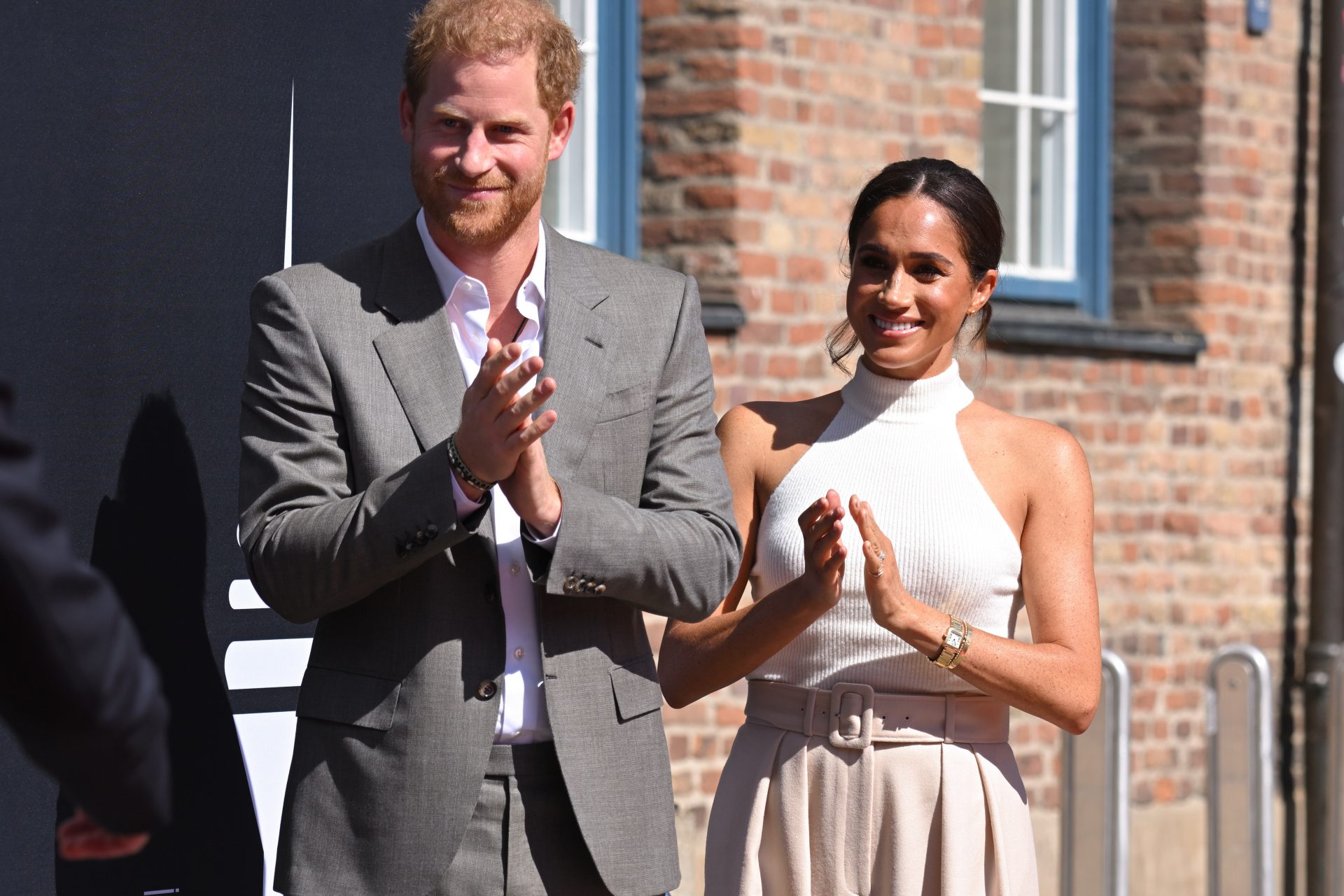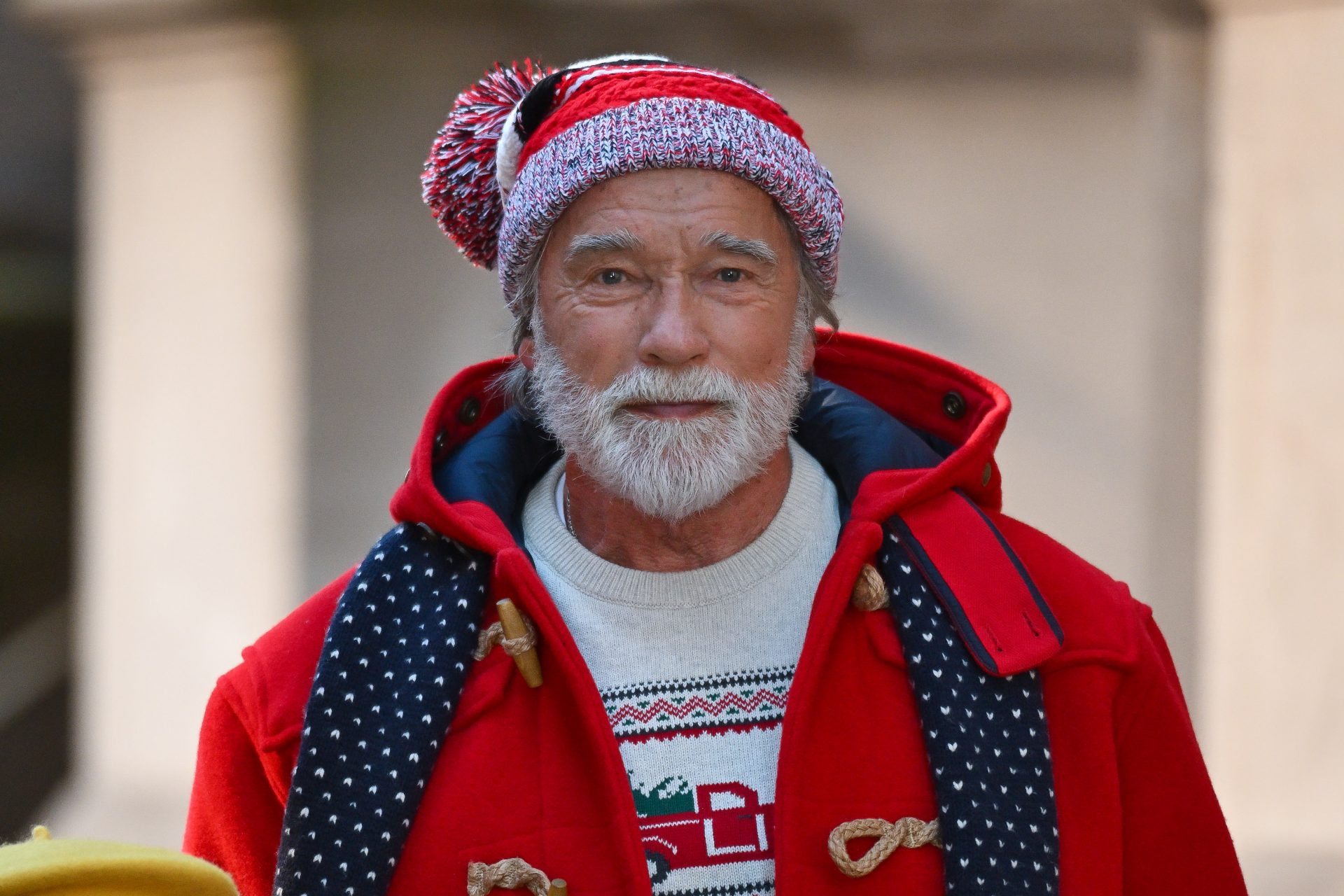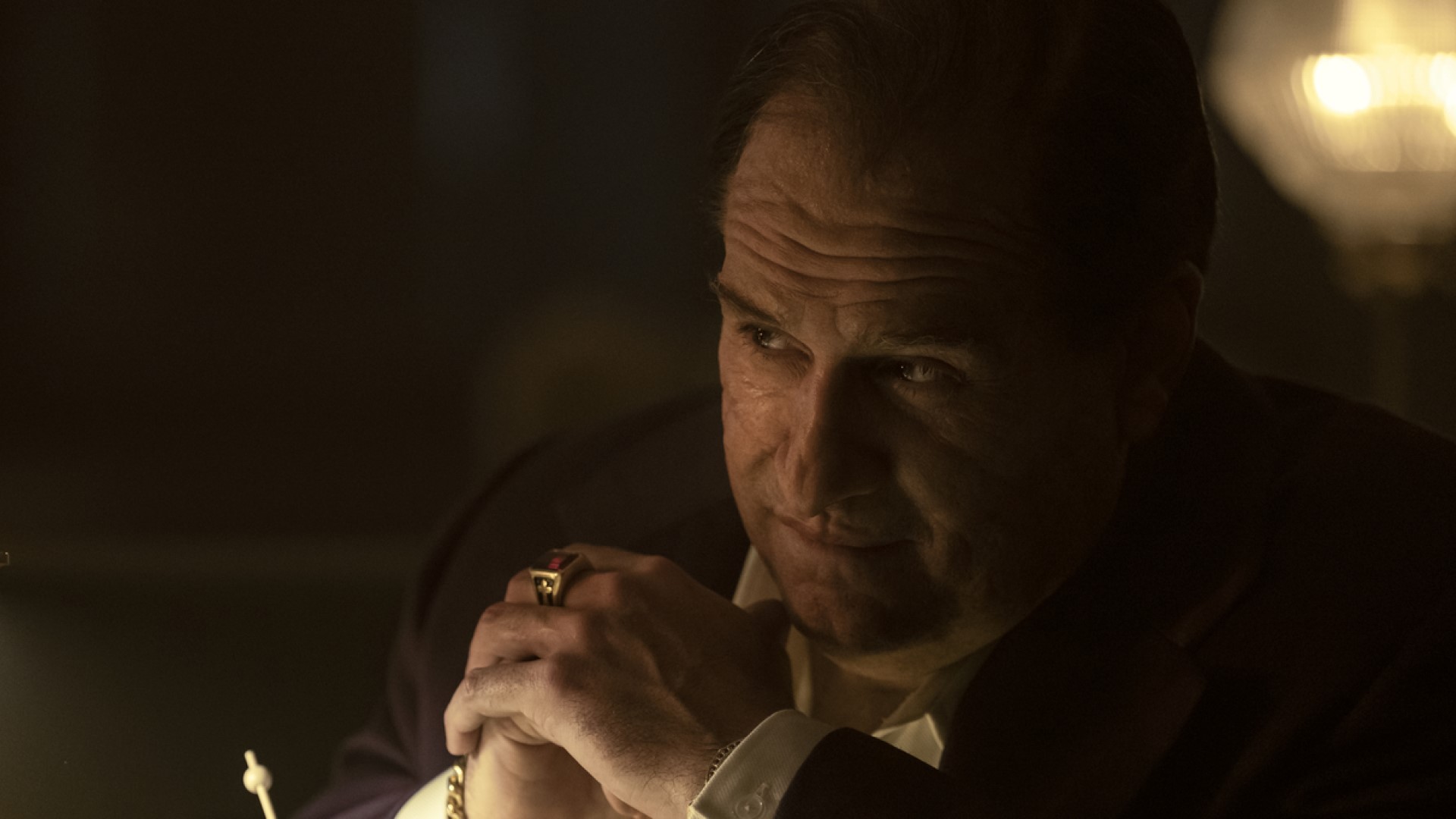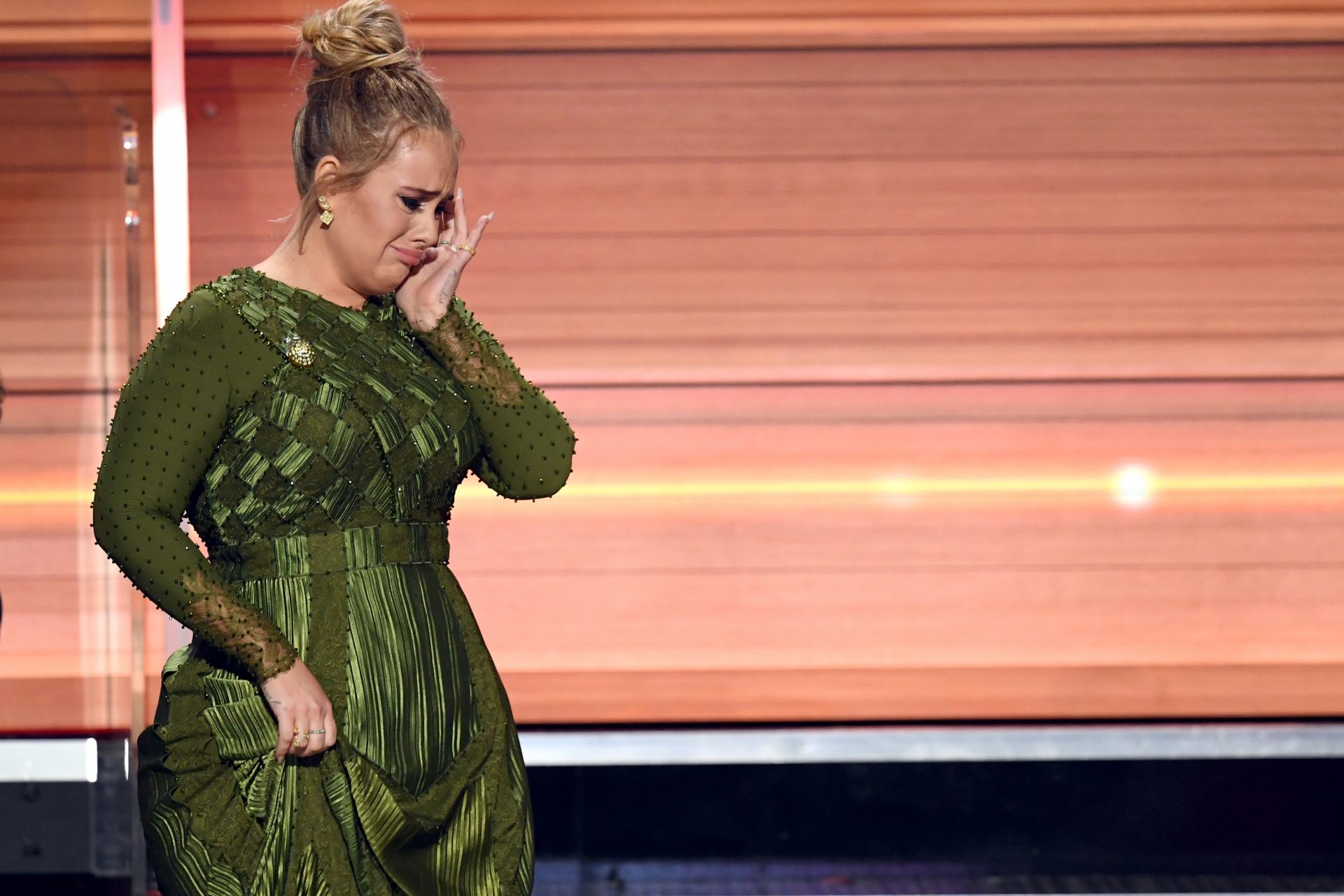Frida Kahlo: the tragic story of an iconic artist
Magdalena Carmen Frida Kahlo Calderón, better known as Frida Kahlo, was born on July 6, 1907 in Coyoacán, Mexico City. She is recognized as one of the most influential Mexican painters in history.
Frida Kahlo created 150 works through which she narrated her difficult life. It was marked by illness and a terrible accident, as well as her relationship with Diego Rivera, her politics, feminism, and her love for culture.
She became interested in painting at 18 years old. Before that, she was more interested in sports, in an attempt to recover her health from the severe poliomyelitis she had suffered from as a child.
Due to her illness, Frida was forced to spend long periods of time in bed, which resulted in her right leg being much thinner than her left leg.
At the age of 18, Frida suffered a tragic accident. The bus she was traveling in was run over by a tram. She was seriously injured, with several broken bones and spinal cord injuries that forced her to remain immobile in bed for several months. It was here that her father encouraged her to paint, in order to channel her energy towards art and creativity while living her long convalescence.
Frida Kahlo was unable to walk for several months and had to undergo thirty-two surgeries. She had a special easel that made it easier for her to paint from her bed, as well as a mirror placed on top of the bed to see herself and facilitate her self-portraits.
"I portray myself because I spend a lot of time alone and because I am the subject I know best," she said.
Her style of dress was marked by long Mexican skirts that covered her legs, braided bows with colored ribbons, flowers, and necklaces and earrings that extolled Mexican art and culture.
Frida Kahlo entered the National Preparatory School of Mexico City, a prestigious institution where she began to frequent political, artistic, and intellectual circles. Through the Cuban communist Julio Antonio Mella and the photographer Tina Modotti, she came into contact with the painter Diego Rivera.
Both Tina Modotti and Diego Rivera were members of the Mexican Communist Party. Frida began to attend the party's political meetings.
Frida was enchanted by the work and personality of the muralist Diego Rivera. In fact, she showed him her own paintings and he encouraged her to continue as an artist.
Diego Rivera and Frida Kahlo were married on August 21, 1929. The couple lived in the Blue House located in Coyoacán, Mexico City - Frida's childhood neighborhood. There they began to celebrate big parties and gave asylum to famous political figures exiled from their countries, such as André Bretón or León Trotsky.
After offering asylum to the Russian political leader Leon Trotsky, the Mexican artist had an affair with him, which marked one of her first infidelities toward Diego Rivera.
The love between Diego Rivera and Frida Kahlo was full of ups and downs, and some classify their relationship as stormy. The marriage was marked by extramarital affairs (including Diego's with Cristina, Frida's sister), two miscarriages, a divorce, and - yet - a creative and political bond that united them for life.
Although Frida Kahlo always wanted to become a mother, the injuries to her body after the bus accident prevented her from doing so. The loss caused Frida Kahlo to fall into a depression and even made several attempts to take her own life.
Frida Kahlo stood out, in addition to painting, for writing thoughts and poems that reflected her pain, suffering, and the love she felt for Diego Rivera.
Frida Kahlo's work was described as surrealist by the poet and essayist André Bretón, but Kahlo herself said: "They thought I was a surrealist, but I wasn't. I never painted my dreams. I painted my own reality."
Frida Kahlo exhibited her works in New York, Boston, Philadelphia, Paris, and Mexico City. The only exhibition of her work to be held during her lifetime was in Mexico City. There, Kahlo arrived by ambulance and lay in a hospital bed to attend the opening. Due to her deteriorating health, the doctor had advised against it. Her bed was reportedly placed inside the gallery and from there, the artist sang, drank, and told jokes throughout the afternoon, making her exhibition a total success.
Frida Kahlo died on June 13, 1954. She was dressed in a typical Mexican costume, with her right hand placed on her chest, and placed in a crematory oven, as she wished. Her ashes were preserved in the Blue House of Coyoacán, the place where she'd been born.
"When I die, burn my body. I don't want to be buried. I've spent a lot of time lying down. Just burn it!" Frida Kahlo said shortly before she died.
Despite all the health problems that Kahlo had to face, the artist managed to live and capture her passion through art. She summed it up in the phrase: "Feet - why do I want them if I have wings to fly?"























